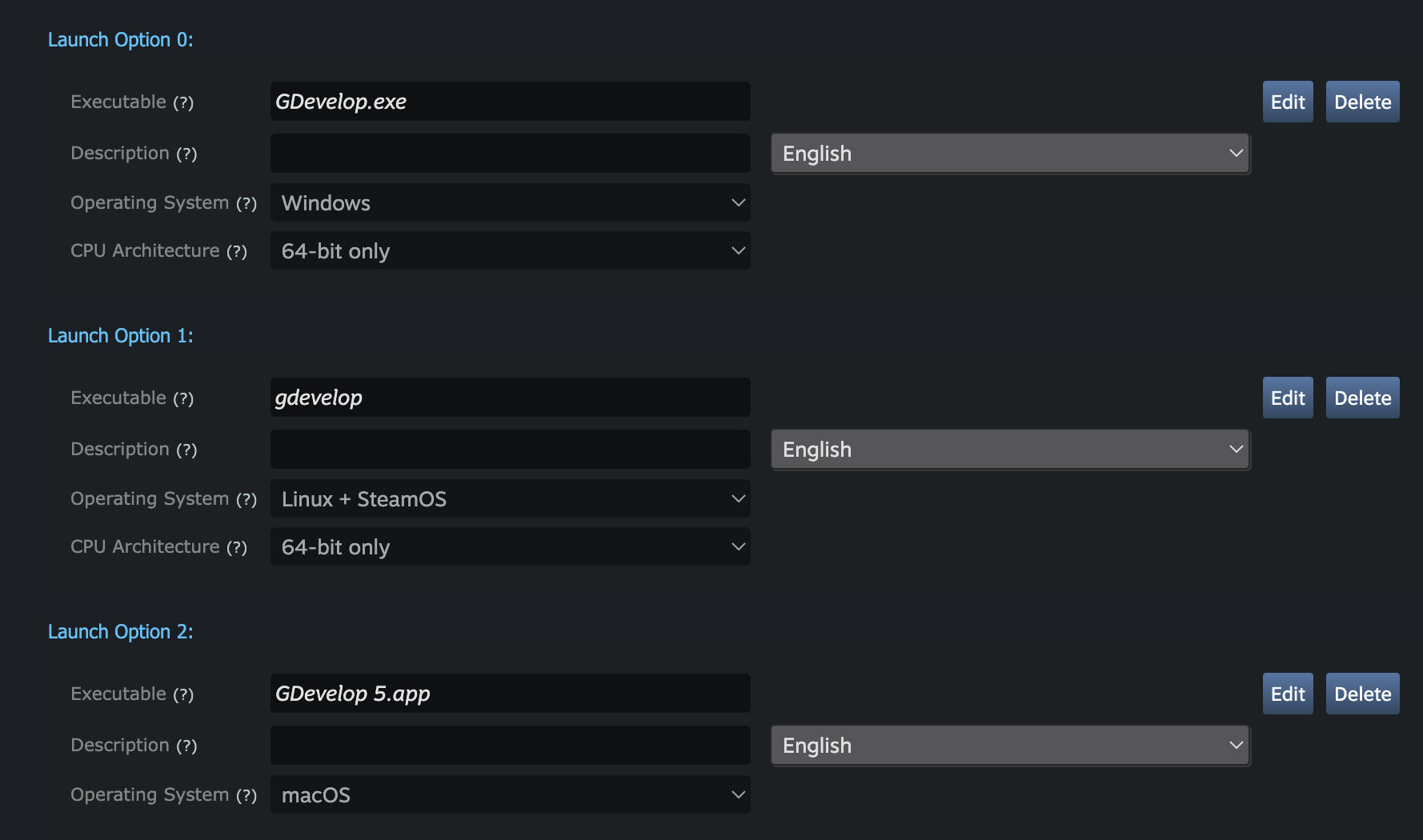How to Make a Video Game with 7 Essential Steps
Creating a video game from scratch may seem overwhelming at first. But with the right approach and dedication, anyone can learn how to make a video game and turn it into reality.
Key Takeaways:
- Learning how to make a video game starts with a clear concept and solid planning, including a flexible Game Design Document (GDD).
- Strong visual and audio design are essential for shaping a game’s mood and emotional impact.
- The final steps include thorough testing and choosing the right platform for publishing.
7 Important Steps of How to Create a Video Game
Ready to dive in? Here are the key steps on how to make your first game from start to finish!
1. Determine Your Game Idea and Concept
Every great video game starts with a clear concept built around a unique idea, target audience, and memorable player experience. Define what sets your game apart, whether it’s intense action, deep strategy, or rich storytelling. Draw inspiration from games you admire while noting what you would improve.
Furthermore, research trending genres and analyze what makes top games successful as part of learning how to make a video game. Don’t forget to add your own creative twist to familiar ideas, like a standout character, innovative mechanic, or distinctive art style, to make the game stand out even more.
Also Read: How to Become a Video Game Designer: A Quick Guide
2. Create a Game Design Document

A Game Design Document (GDD) acts as the foundation of your project to ensure every team member understands the game’s goals, mechanics, and creative direction. It outlines gameplay systems, level structure, character roles, visual style, and technical details while mapping objectives, player interactions, and progression systems.
Furthermore, the GDD should include flowcharts, concept art, and mockups to make ideas easier to grasp and align everyone on the same creative vision. Since game development constantly evolves, your GDD should remain flexible and regularly updated to reflect new features, design changes, or gameplay adjustments.
3. Choose Your Software or Game Engine

Choosing the right game engine is essential in learning how to design your own video game. For example, Unity stands out for its versatility, supporting 2D and 3D development with C# programming, a vast asset store, and strong community resources.
Meanwhile, Unreal Engine is known for its high-end graphics and blueprint visual scripting, ideal for creators seeking cinematic quality without deep coding knowledge. On the other hand, Godot is a favorite among indie developers due to its free, open-source nature and beginner-friendly, node-based interface.
Also Read: AI Game Development: 9 Best Tools for Faster Game Creation
4. Design Visual Elements and Game Appearance
Visual design brings your game to life by defining its look, mood, and storytelling through character design, environments, and UI elements. Characters should visually express their personalities and roles through costume, color, and silhouette, while environments and icons must reinforce gameplay and narrative flow.
Consistent fonts and color palettes help maintain a cohesive tone, ensuring the game feels unified from start to finish.
5. Add Music and Sound Effects

When learning how to make a video game, mastering audio design enhances immersion by blending music, sound effects, and voice acting into a seamless soundscape. Sound cues give players instant feedback for actions like combat or item collection, while music shapes the emotional tone across different scenes.
Modern engines such as Unity and Unreal include powerful audio tools, and middleware like FMOD and Wwise allow precise sound integration. During development, designers should add music and sound effects dynamically based on player input or environmental changes.
Finally, pre-mix and balance all audio elements, like sound effects, dialogue, and music, before applying final mixing techniques like ducking to maintain clarity and emotional impact.
Also Read: 7 Successful Game User Interface Design Examples
6. Test Your Game for Bugs and Errors
Testing is a vital step in game development, helping identify and fix bugs, glitches, and performance issues before launch. Consistent quality assurance and clear documentation ensure smoother gameplay and efficient issue resolution.
External playtesting also provides valuable insights into gameplay balance, difficulty, and enjoyment, revealing areas for improvement. Additionally, developers should test on multiple devices and use AI-powered or cross-platform tools to ensure consistent performance across systems.
7. Publish Your Game

After completing all the steps, you’re ready to publish your game. Understanding how to publish a video game is crucial, as each platform offers unique advantages and requirements.
For example, Steam and the Epic Games Store both charge a $100 submission fee, but Epic takes only a 12% commission compared to Steam’s 30%. Meanwhile, Itch.io provides flexible, pay-what-you-want hosting ideal for indie developers, while Google Play and the App Store offer global exposure for mobile games.
Each platform has its own submission process, approval timeline, and visibility system, so knowing them all ensures a smoother and more successful release.
Once publishing plans are set, focus on creating promotional materials that showcase your game’s characters, tone, and concept. Use bold colors, strong typography, and dynamic compositions to make your visuals stand out and attract players in crowded marketplaces.
Also Read: Essential Elements of a Stunning Video Game Cover
Transform Your Concepts into Playable Worlds!
Learning how to make a video game takes time, creativity, and persistence, but the process is incredibly rewarding. From planning and design to testing and publishing, each step helps bring your ideas to life. With the right tools and dedication, anyone can create a game that entertains, inspires, and connects with players around the world.
Now it’s your turn to craft an awesome game design. To support your creative journey, make sure you have the right resources. With creative fonts for game design, you can ensure smooth, cohesive typography across dialogues, interfaces, and in-game text.
Explore StringLabs Creative for outstanding and affordable fonts to elevate your next project!


Comments are closed.